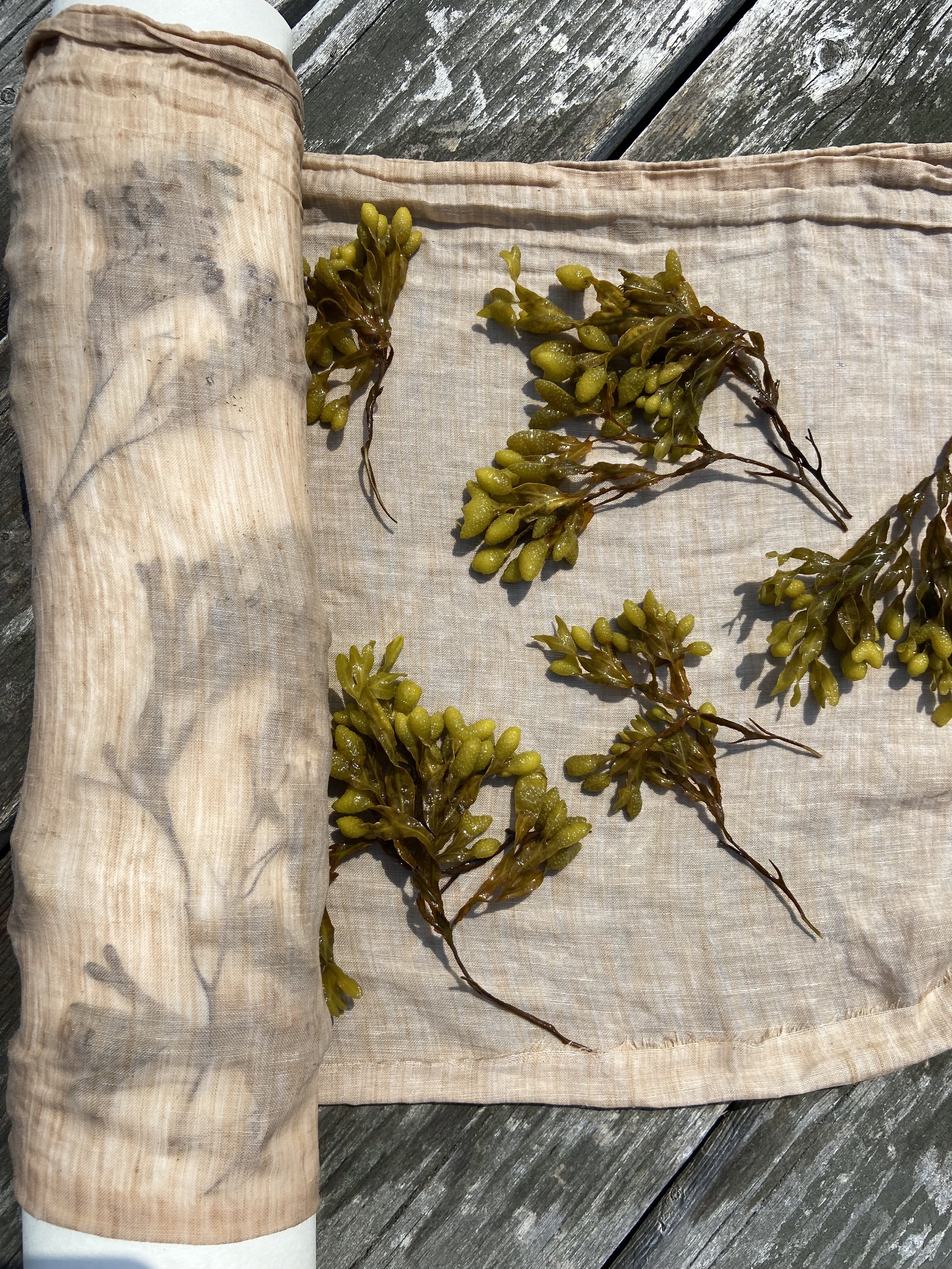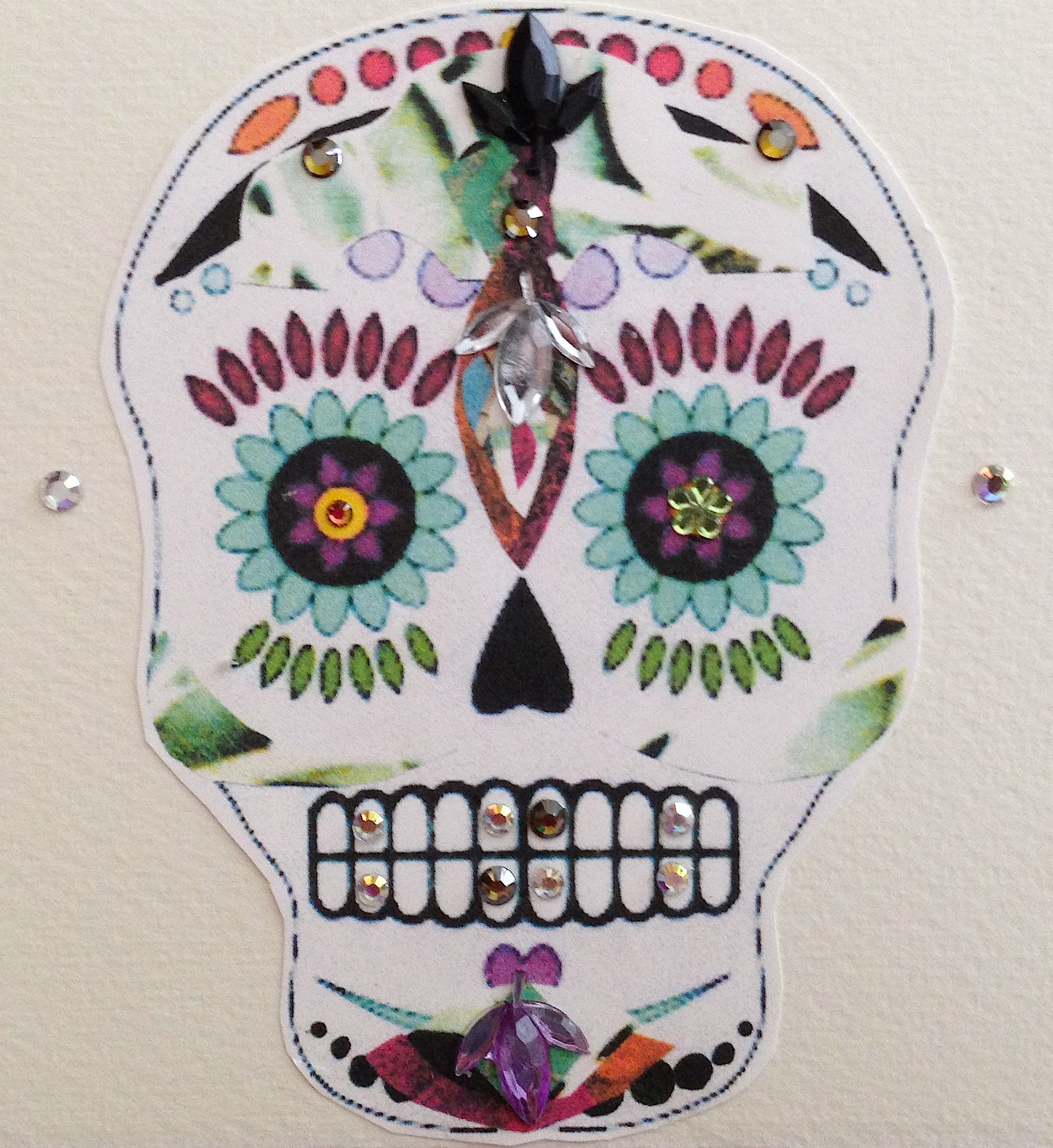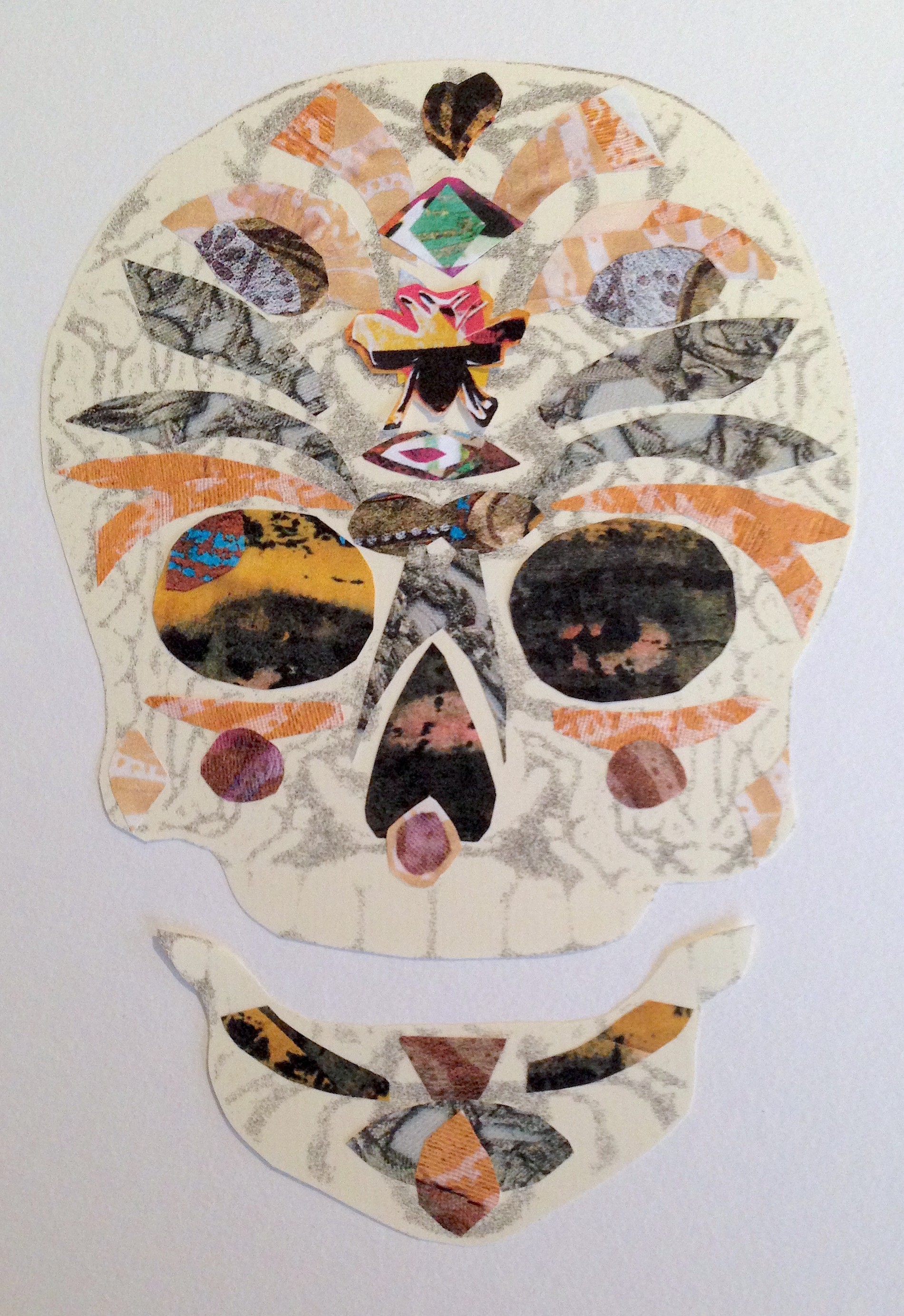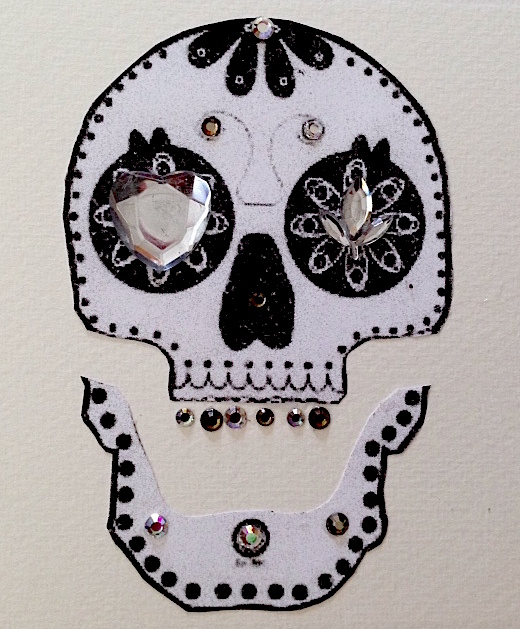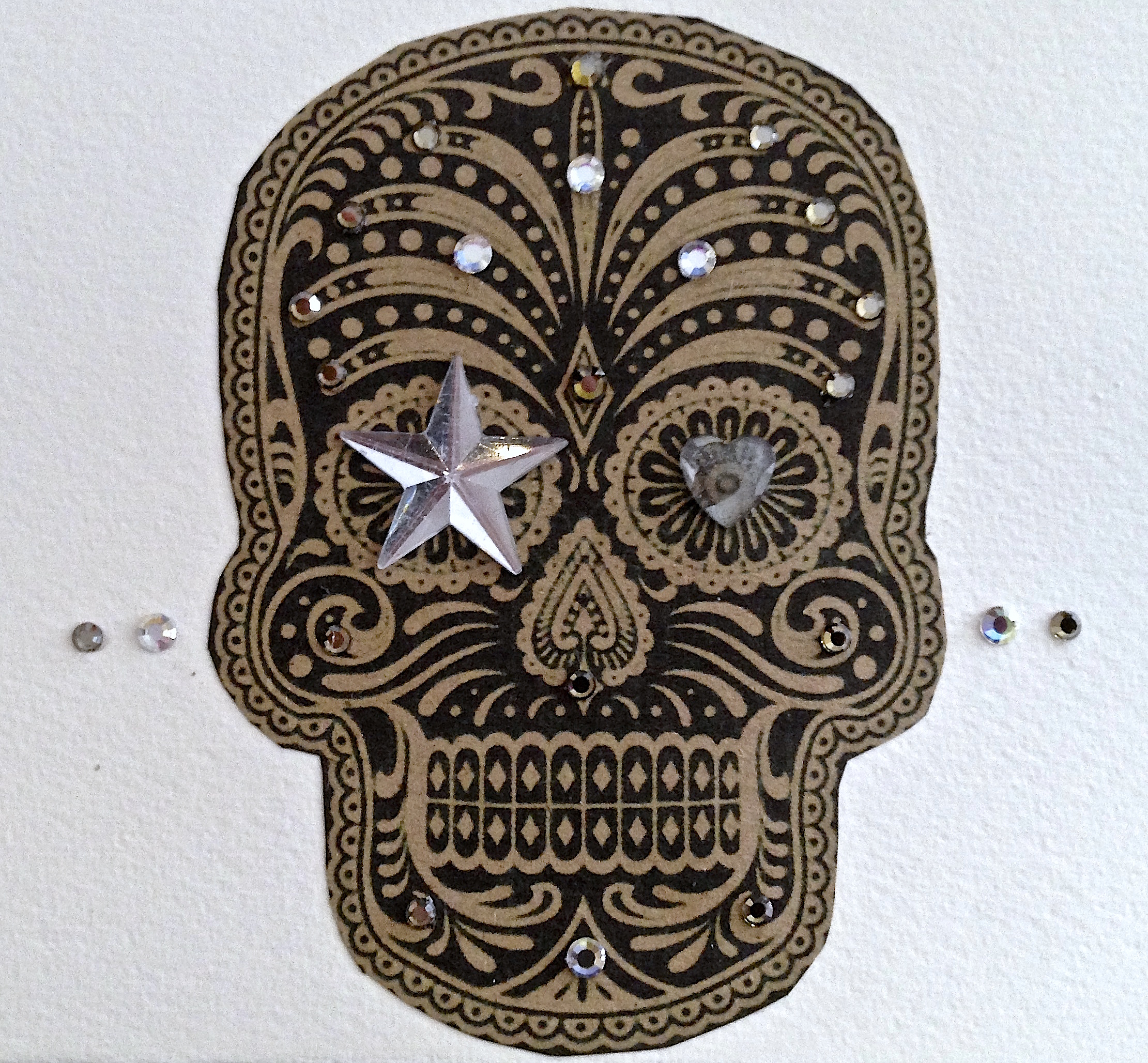Excited to be sharing my love of dyeing with plants and minerals this month in person. Gathering local color, we will explore at Wolfe’s Neck Center in Freeport (September 14th at 2pm) and at Herself Studio in Cape Elizabeth (September 29th at 1pm). Bring a beloved textile that needs renewing and your sense of adventure. Dyeing with plants and minerals is always surprising.
Regenerative Design Notes...
An article I wrote for the Maine Organic Farmers and Gardeners Association quarterly journal is out today. Read it here.
Join me for another dye workshop in Searsport, Maine this month where we will explore dyeing with local plants, seawater and rust. Bring your beloved garments and home textiles in need of renewal. Register here.
Workshop on the coast of Maine, September 8-11, 2022
Join me for an intensive four day workshop dyeing with rust and plants of earth and sea as we say farewell to summertime.
September 8-11, 2022 at the Searsport Campgrounds
We’ll have a unique retreat experience sharing meals, music, campfires and creativity on one of the most inspiring places on earth (I’m a little biased, yes, but there’s really nothing like the Maine coast!)
Collaboration with K/LLER COLLECTION launched at FIELD+SUPPLY MARKET
I’m so excited to tell you about a new collaboration with Katie deGuzman, astonishingly talented jewelry designer whose company, K/LLER COLLECTION, has been a favorite of mine for years. Since I first saw her porcupine quill pendant - from an actual porcupine! - together with one made of brass I was enthralled. Her pieces are beautifully made from mostly recycled metal utilizing flora and fauna as inspiration as well as being actually incorporated. She uses terms like deconstruction and sculpture, decay and renewal, androgyny and femininity to describe her work, so naturally, we are kindred spirits. With these wonderful crystalline candle holders, K/LLER OBJECT was born, and napkins seem like a good addition for table decor.
When Katie asked me what I thought of this rusted sculptural object she found and if I thought I could make a textile from it, naturally I said it was beautiful and it would definitely make an interesting imprint on cloth. I began wrapping fabric in different ways around these 2 sickle mower teeth and combining with plant dyes to see what would happen. These napkins are dyed with pomegranate and logwood and are launching this weekend at FIELD+SUPPLY market in Kingston, NY.
Tractor Mike has a lot to say about sickle mowers, including that they are a rare find these days and actually not so efficient for cutting hay. “It’s not a brush hog” so don’t try to cut down small trees with it, he warns. Seems like creating textiles is a worthy second act for this pastoral gadget. As soon as I get the 20 I ordered 3 weeks ago from a farmer retiring his mower (I reckon), I will be experimenting further. DeJoy’s USPS is pretty inefficient these days, but that’s another story entirely.
Botanical Colors: LIVE FEEDBACK FRIDAY Rust Dyeing
Finally, here’s the link to the Feedback Friday talk on dyeing with rust and botanicals from last August. I think I probably said enough in my previous entry, so for the sake of brevity, have a look at the video and let me know what you think. Feedback Fridays are a wealth of natural dyeing information. There are nearly 60 of them and counting!
THOUGHTS BEFORE A TALK ABOUT RUST
As I prepare to join the gals at Botanical Colors for Feedback Friday this week, I’ve been thinking about the state of things and wanted to process a bit before jumping into speaking about dyeing textiles and making beautiful, expensive objects in a world that is in such suffering and tumult.
The novel coronavirus has changed and continues to change everything - down to our DNA. My husband says the virus is here to prepare us for space travel (how to exist for long periods of time in confined spaces). There’s a book by Lisa Margonelli called “Underbug: An Obsessive Tale of Termites and Technology” and an article in the June issue of NOĒMA by Tobias Rees “From the Anthropocene to the Microbiocene” that address the notion of microbes as higher intelligence, guiding things more than we’d like to think. Since changing my diet a year and a half ago to address health issues, I have experienced the power of repopulating my body’s microbiota with bacteria and viruses (yes, viruses) that aid my immune system and make my body and brain function better. It’s a 10 to 1 ratio of microbes to human cells - let that sink in for a moment. So microbes must affect the dye process, too. Actually there is a company in the Netherlands that is producing microbial dyes for textiles - a bacterial dye factory where the microbes are dyeing the textile as they grow. It’s called Living Colour.
If we really consider what the novel coronavirus has been able to do, six months ago could we have imagined a world wide shut down? No air travel? Remote work? Remote learning? Our government coming up with money - lots of it - to help businesses pay employees during the pause (imperfectly, yes) and the brilliant $600 a week pandemic unemployment: a taste of what $15 an hour minimum wage would be like? For those who earn less than that, it’s been eye opening. Larry Summers - remember him? The ‘women can’t do science like men can’ guy is saying we need to create a new global paradigm. Mario Draghi, the former president of the European Central Bank who pushed the punitive and not very helpful austerity measures, now questions everything he’s preached for years, shaken to the core by the coronavirus. To me, it really does feel like what Charles Eisenstein calls “a rehab intervention that breaks the addictive hold on normality.” What’s normal? How has our normal worked for most of the planet’s population? Imagine a transcendence of compulsion (conspicuous consumption) into slowing down and choosing another way to live. Has the Great Pause actually given us pause?
The designer and futurist, Li Edelkoort did a podcast in late March for Business of Fashion where she talked about the virus as the “amazing grace for the planet” and that it might be the reason we survive as a species. She talked about artisan handicraft folklore culture/small batch production as having a bright future in the new reset economy. This is encouraging to me, of course. It’s not a new idea, creating a global economy of intensely local small businesses. We’ve seen this idea in action with many of the artists featured on Feedback Friday on Botanical Colors. Recordings of the talks are on their website. Aboubakar Fofana has been very vocal about this. Two years ago he did a series of posts on Instagram during Fashion Revolution Week about fast fashion and the destructive western fantasy of ever expanding markets. The exploitation of the developing world has been devastating. He and I had an exchange about the idea of returning to local production and the big companies that talk about “ethical sourcing” in developing countries who would do more good turning their attention to their - our - own communities at home in the US. So it’s encouraging when mainstream economists like Larry Summers and Mario Draghi say we need a completely new strategy, and economists like Tim Jackson, who wrote “Prosperity Without Growth: Economics for a Finite Planet” and Mariana Mazzucato who co-edited “Rethinking Capitalism: Economics and Policy for Sustainable and Inclusive Growth” are getting attention that, I hope, will mean a tilting of the playing field to prosperity as a shared endeavor by all.
Working with natural dyestuffs is a metaphor for acceptance of the fragility of life. Curiosity, slowing down, trusting in a process where results can vary wildly, getting comfortable with uncertainty, being willing to adapt and using imperfection to innovate are useful in all aspects of life. A couple of years ago I learned about a business woman named Zita Cobb, 8th generation Newfoundlander and founder of the Fogo Island Inn. She brought a radical idea back to her home after making a fortune on the mainland. She saw first hand how modernity has been hard on small places. She wanted to revive a place, her home, that was dying as a result of the massive fishing industry. Her idea was a luxury hotel owned and operated by the people of the island. The people built it, furnished it, run it and a happy byproduct is a business of making furniture and goods for export. She definitely read Tim Jackson. Her focus on the specific comes right off the pages. He says, “Avoiding and solving unemployment have less to do with expanding markets and more to do with building an economy of care, craft and culture.” The Fogo Island Inn demonstrates the power of workforce development at home and of an entrepreneurial spirit with a moral compass.
We are experiencing a reckoning. I don’t think I am overstating this. We can feel what’s at stake. We are literally only as healthy as our neighbors. We need healthcare for all. Globally we need a new economic strategy. As Americans, we need to effectively address systemic racism, sexism and our caste system. This moment is unique and it’s time for big change. We will have to feel the fear and leap anyway. Are we up for it?
MASKS
On this 90 somethingth Day of March I’ll show you some masks that my oldest and dearest friend is making from my remnant textiles. I was not thinking about joining the mask making that’s been taking place. But when Mary asked me for remnant fabrics to help with her personal project and Part Of The Solution here in the Bronx contacted me on the same day about mask donations for their guests, I got the message. I love this origami pattern I came across from www.aplat.com. Mary is also making a more traditional accordion rectangular pattern in an effort to use everything - zero waste! Since we began, I’ve been contacted by a homeless shelter in San Francisco and am pleased to have sent them some as well. We know there's no illusion of total protection in wearing a cloth mask. The point is to use them in places where physical distancing is hard to do, perhaps mostly as a symbolic gesture of care and concern for others. These are stressful, uncertain times. The guidance from the CDC and my functional medicine doc is that wearing a cloth mask may slow the spread of the virus. So, why not? A simple act of kindness and solidarity is always welcome. I think as we reopen and find our new normal, we will continue to wear masks in some circumstances for some time. While these masks are not for sale, I have set aside a few to send with purchases made here on the website. Limit 2 per customer. We appreciate your interest and support. I am so thankful for Mary who sets the gold standard for all-around wonderful human being and true friend.
THE FRAYED EDGE
I was given a heap of thick canvas ribbons and I accepted the challenge: to make something. Renewing, reassigning, redefining the discarded fits beautifully into dyeing with rust and food waste. In life, stains happen. My “stains” collection, the first offerings of which were constructed from this reassigned painter’s canvas, is based not on repetition in design and shibori patterns, but rather accidental, unintended forms. Unintended may be the wrong word. It’s not lack of intention, but the desire to deepen my connection with nature and culture - what the economist E.F. Schumacher called the two great garments of human life that should be served by the two great tools of human life, business and technology. This idea has a new poignancy. As we go through this global crisis together, we are called to slow down and rethink how we do everything. Here I’m reminded of another economist, Tim Jackson, who wrote “Prosperity Without Growth.” How we work, make, consume, live are undergoing a forced global paradigm shift. How do we respond? There is a joy in making something new from what we have and in doing it slowly, with intention, embracing imperfection. The original inspiration for my work of the past several years has been Korean Bojagi and the first pieces I made using this canvas re-emphasize this concept: chogak-bo, Korean patchwork. Long associated with food (wrapping, covering, transporting), it makes sense that my version would include placemats. Each piece requires time and patience. I create an environment for the stains to emerge - extracting color from avocado skins and setting the conditions for asymmetry, erosion and the imprint the passage of time makes. Philosophically, it’s the difference between a single peony, whose tattered petals are in full bloom only briefly and a bunch of perfect carnations, artificially dyed; the old barn and the prefab aluminum-sided house; the farmer’s market and the strip mall. I recommit to labor intensive work, hoping this moment will remind us all of the necessity to create an economy of care, craft and culture.
SAMANTHA VERRONE x JUNGMAVEN COLLABORATION
I’ve teamed up with Jungmaven to create a line of bedding made from hemp and dyed with minerals and botanicals. Hemp has the look and feel of luxurious linen and softens beautifully over time. Rusty bits make imprints on cloth that are light and wash fast. The alchemy that takes place with the introduction of tannin is a whole new level. For this collection I’ve used black tea which makes cool grays and gall nuts which make inky purples and pinks. Machine wash in cold water on gentle cycle with mild soap. Tumble dry on low and use wool dryer balls to reduce dryer time. Natural dyes may deepen or lighten with time. Each piece has its own unique patina that will evolve with your interaction - it will be uniquely yours. I’m amazed at the versatility of the hemp plant. Hemp grows quickly, produces more pulp per acre than trees, requires less water to thrive and is resistant to most pests. It’s durable and has many uses, including phytoremediation. I love what the folks at Jungmaven are doing to address the climate crisis while making useful goods from this mighty plant. I’m thrilled to collaborate with them on this collection.
BORO: UNEXPECTED TREASURE
Accidental beauty, utilitarian collage, tatters telling complex stories, the humble cloth of the Japanese people. These are ways Boro textiles (literally ‘rags’) have been described. Magnetically drawn to indigo dyed cloth and motivated by a commitment to use antiquated materials, I have become very attached to and inspired by these fabrics. Who knew that Boro would become the sensation that it is today? Actually, my friend, Linda Mitchell, told me when I showed her my first pieces in 2011: ‘Indigo is going to be big, you’ll see.’ A prophetess.
Now, I’ve introduced my other fascination, rust, to these assemblages. Improvisation, imperfection, deconstruction/slow construction, memory, preservation of historical objects while making something new are concepts I’ve been exploring for a long time, but never as satisfyingly as I do at this moment.
SKULLS ARE EXCELLENT
Halloween didn’t start out as an opportunity for sugar-bingeing and mischief. Most of us over the age of twelve know this. All Hallows’ Eve, an occasion to remember dead saints and other virtuous folks, has long been associated with skulls. I have always loved them as both symbolic device and appealingly symmetrical form. Here are some skulls on vellum using paper and fabric remnants and Swarovski crystals. These are about 10” x 14” but I also make greeting cards with similar images. Each one is handmade and unique. You can find them exclusively at Betsey Bunky Nini, that uptown hub of elegant womenswear.
RUST CHARM
Rust (corrosion of metal from exposure to air and moisture) is simply astonishing. Its presence suggests neglect or stagnation, but I’ve been using it to dye fabric for over a year now, and my fascination with the process continues to deepen. With each new type of fiber I test, different colors and textures emerge depending on a lot of elements: weather conditions, type of metal, strength and type of tannic acid (did I mention the alchemical reaction when introducing a mordant to the rust?), and, of course, type of fiber (cellulose or protein). I’m really captivated by it. It’s not so easy to work with, either. Let a piece cure too long and the fabric will weaken and begin to disintegrate. Each type of material has its own cure time and since the duration varies based on aforementioned factors, it can be a bit nerve-racking. Even so, I see a lot of rust in my future.








